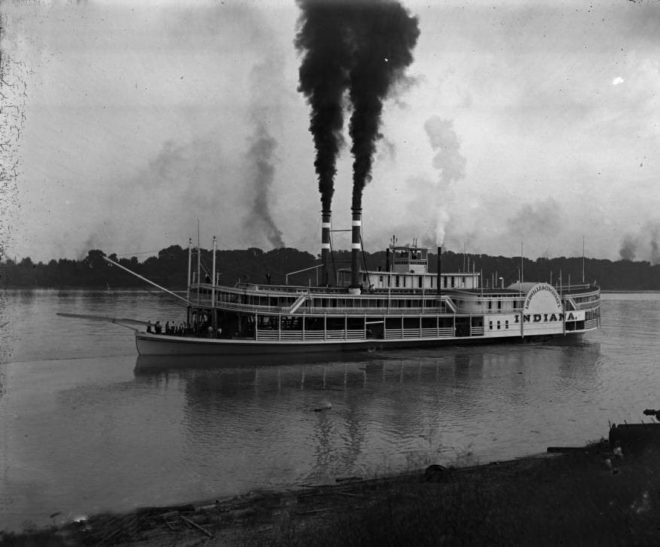Visitors to the Howard Steamboat Museum will no doubt have noticed the museum’s beautifully detailed model of the packet steamer Indiana. In this article, we would like to tell you the history of the Indiana, from her launch in the waning days of the Steamboat Era through her three-decade career and eventual demise.
Around the turn of the century, the steamboat industry was in decline. The railroad had taken over a large amount of business in trade and transportation, and the rise of the automobile was only a few short decades away. It was a good time for the Howard family of shipbuilders, however. Despite the overall state of the steamboat industry, it was in the late 1800s that the Howards built some of their most remarkable vessels. The Indiana is a perfect example of the quality construction and craftsmanship that kept the Howards in business even after the glory days of the Steamboat Era had passed.
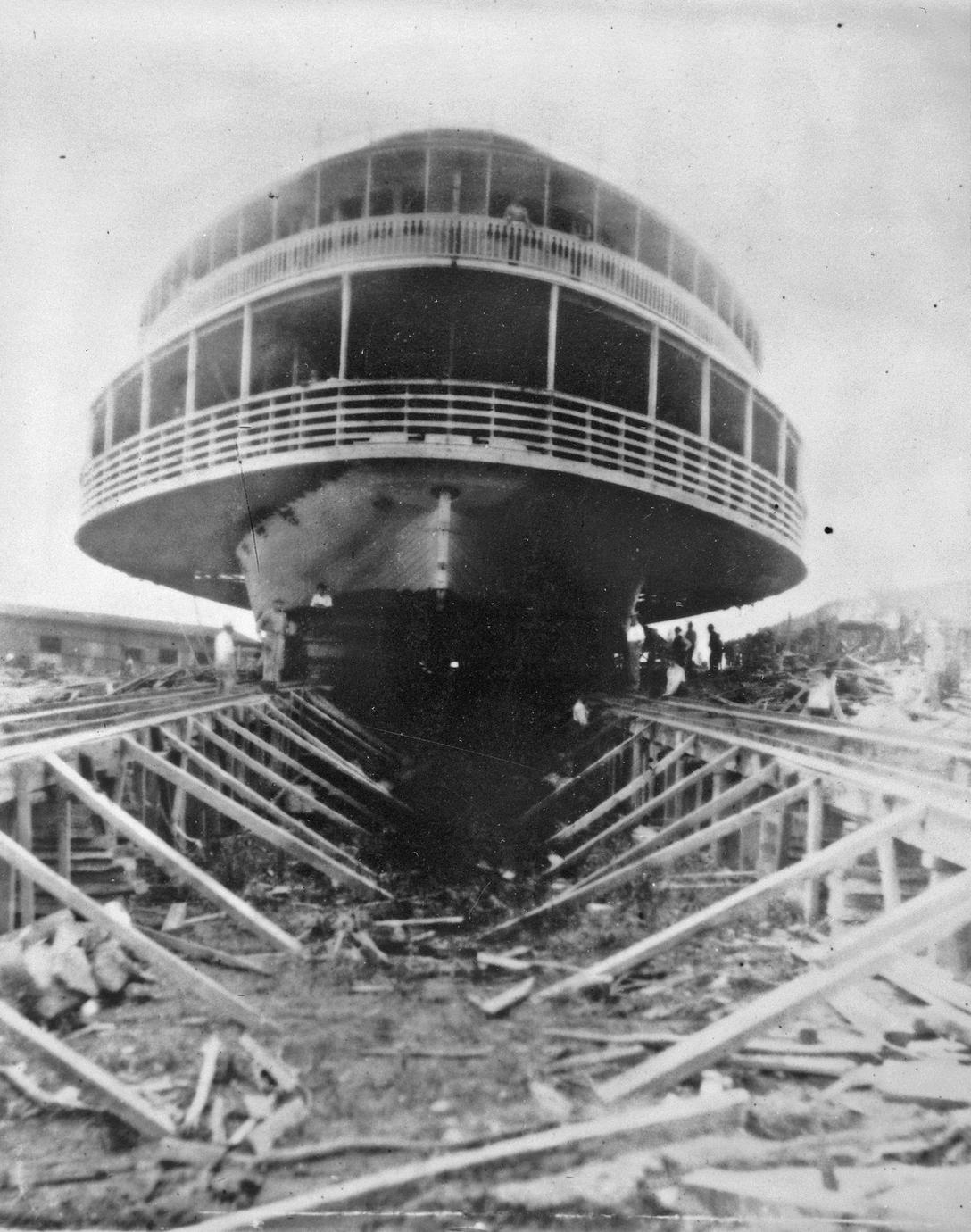
The Indiana was launched in 1900 at the Howard Shipyard in Jeffersonville, Indiana for the Louisville & Cincinnati Packet Co. She was a fairly large vessel, measuring 285’ in length, 45’ in width (82’ over the guards), and 6’ in the hull. The Howards recycled much of the Indiana’s machinery and fittings from older boats. Her engines, originally off the steamer Bostona (launched in 1879), were classic examples of the “broadhorn” engine type and drew steam from five boilers. Her roof bell came off the old Telegraph No. 3, which was launched at Cincinnati in 1853 and had served as a Union transport during the Civil War. Despite the Indiana’s size, she was able to run with a full load of cargo and passengers in only 36 inches of water. This made her especially well-suited to running the Louisville-Cincinnati trade whenever the Ohio River was low, often in place of the older, somewhat larger City of Louisville.
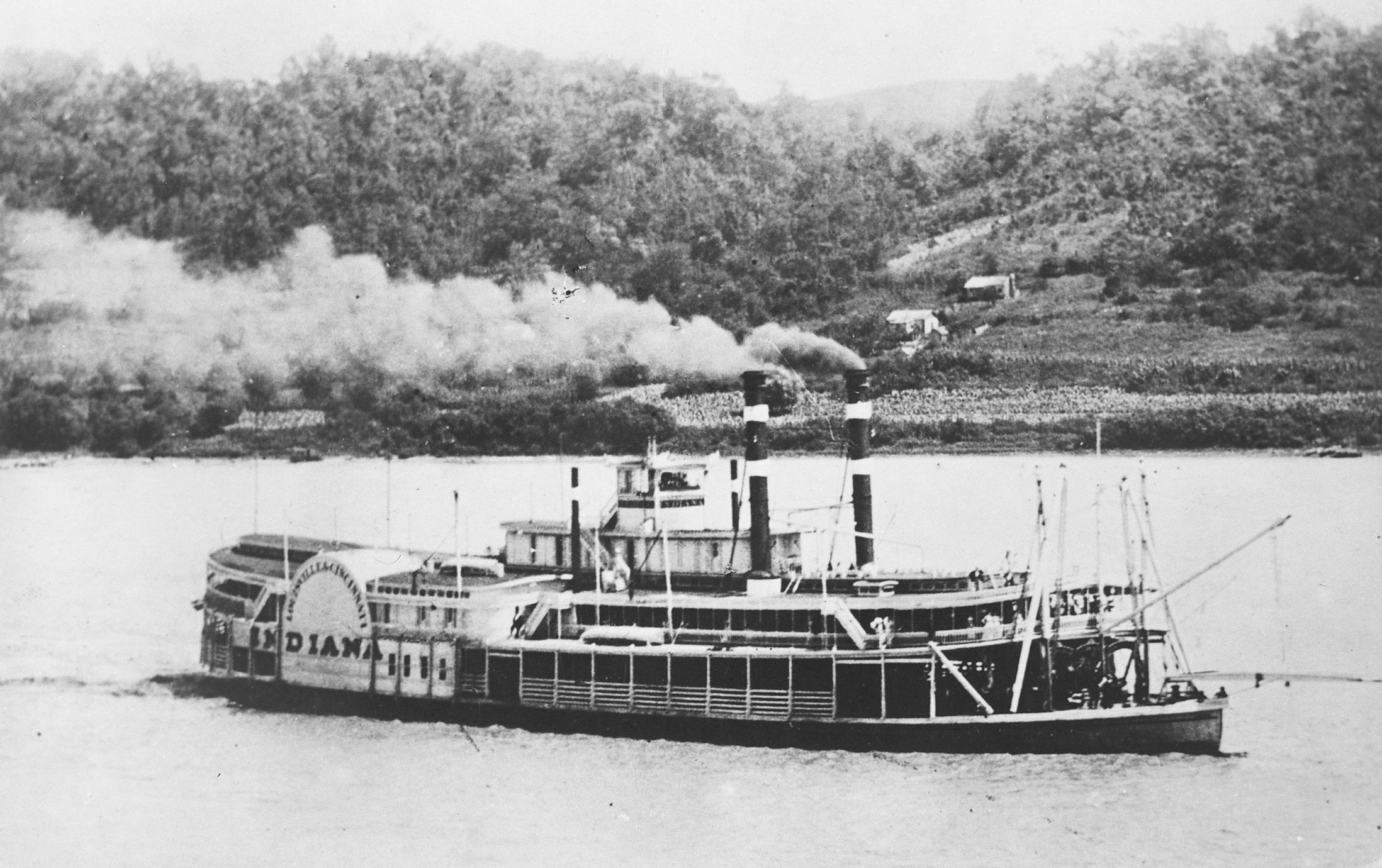
The Indiana ran on the Ohio between the two cities until May 1st, 1916, when she partially burned at the foot of Main Street on Cincinnati’s riverfront. Although the fire destroyed her superstructure, her hull and machinery survived. Not wanting to waste a perfectly salvageable boat, the Louisville & Cincinnati Packet Co. took the remains of the Indiana back to the Howard Shipyard. The Howards rebuilt the burnt vessel and, a year later in 1917, relaunched her as the packet steamer America.
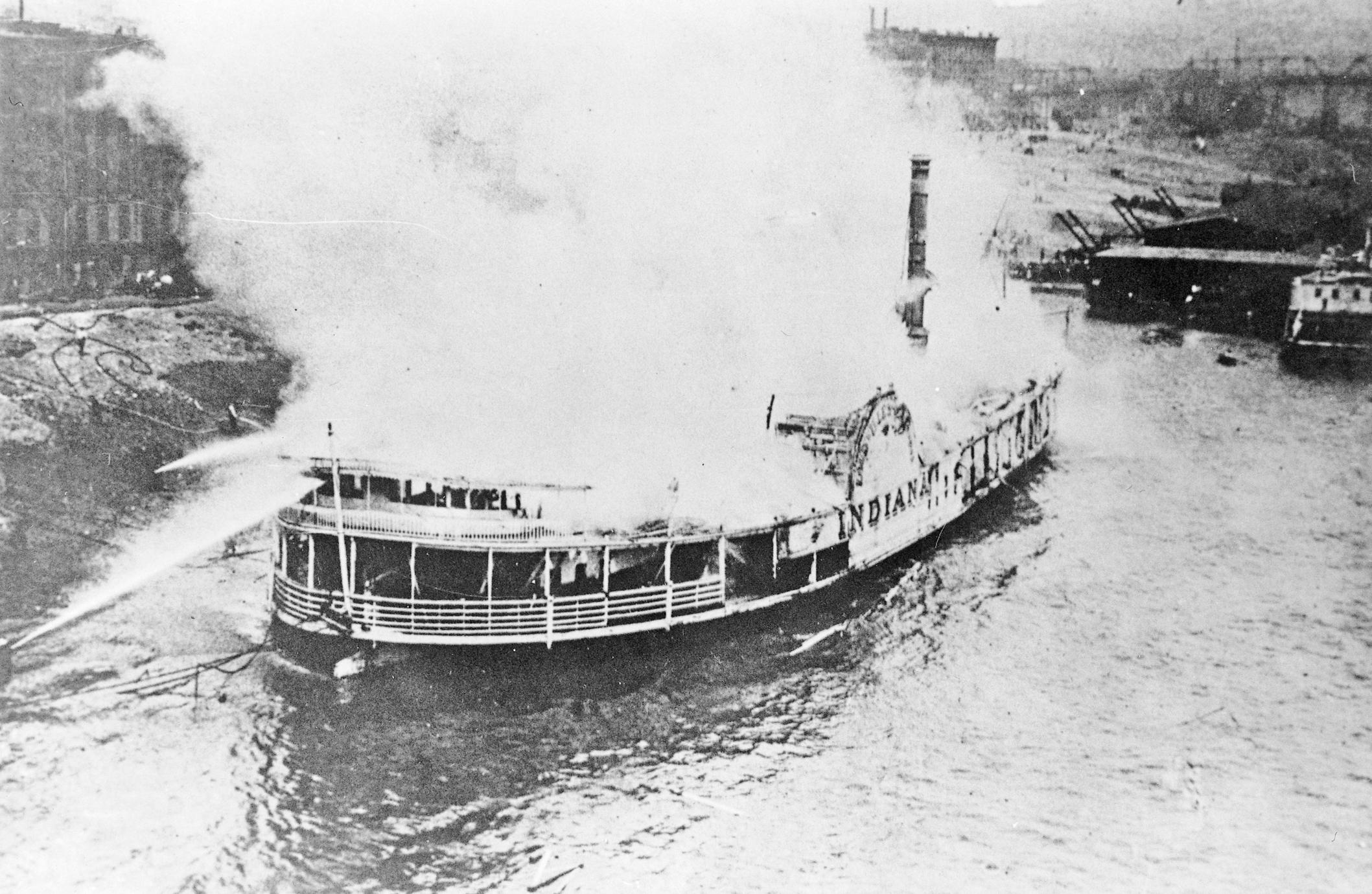
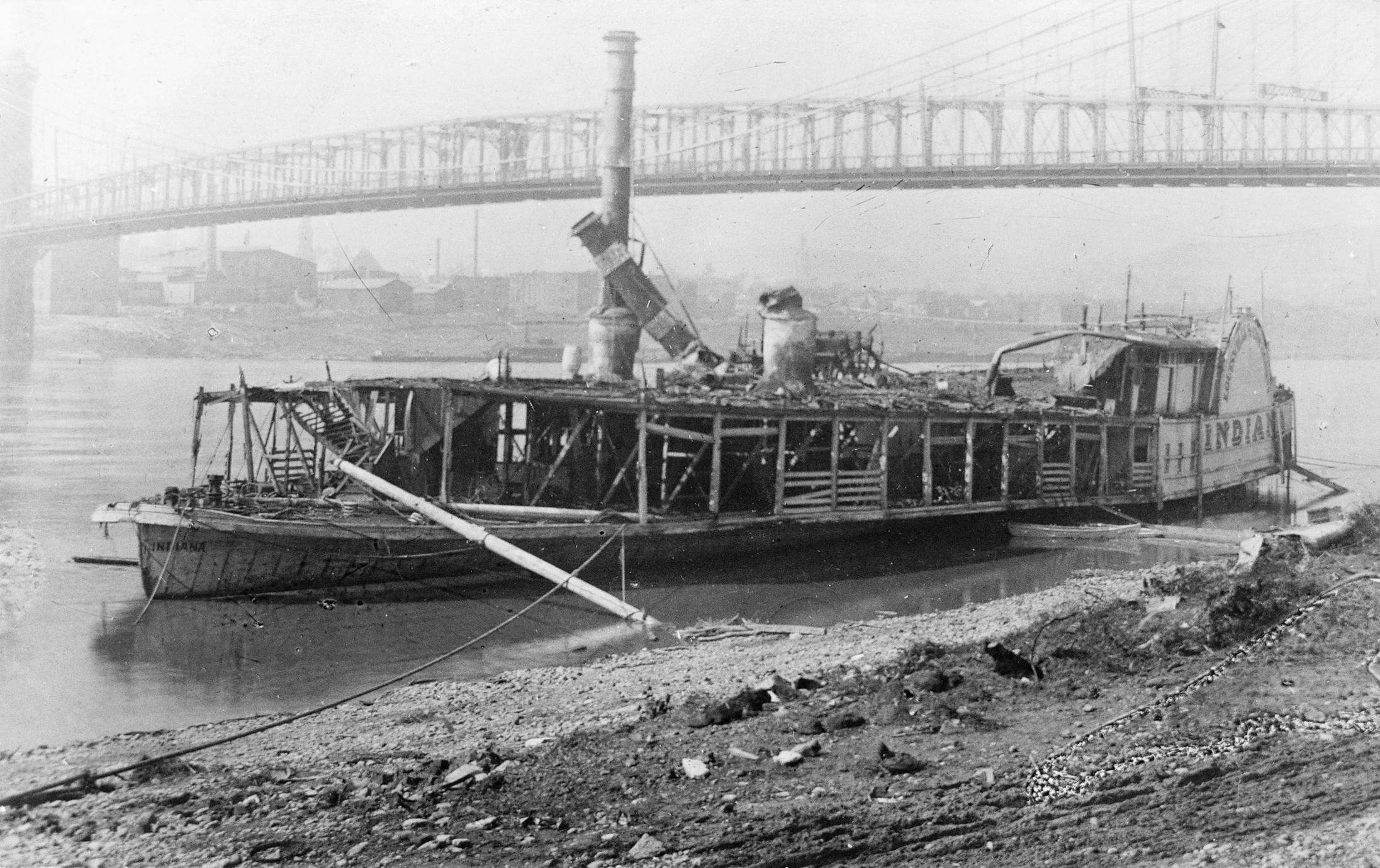
As the America, the steamer returned to the Louisville-Cincinnati packet trade and also ran excursion cruises on the Ohio River during the Summer season. A few years after her (re)-launch, the America’s owners remodeled her into a dedicated excursion boat. They removed the boat’s staterooms, giving her an excursion capacity of nearly 3,400 passengers. It was also around this time (probably in the spring of 1920) that the America had her calliope, an important part of any excursion boat, installed.
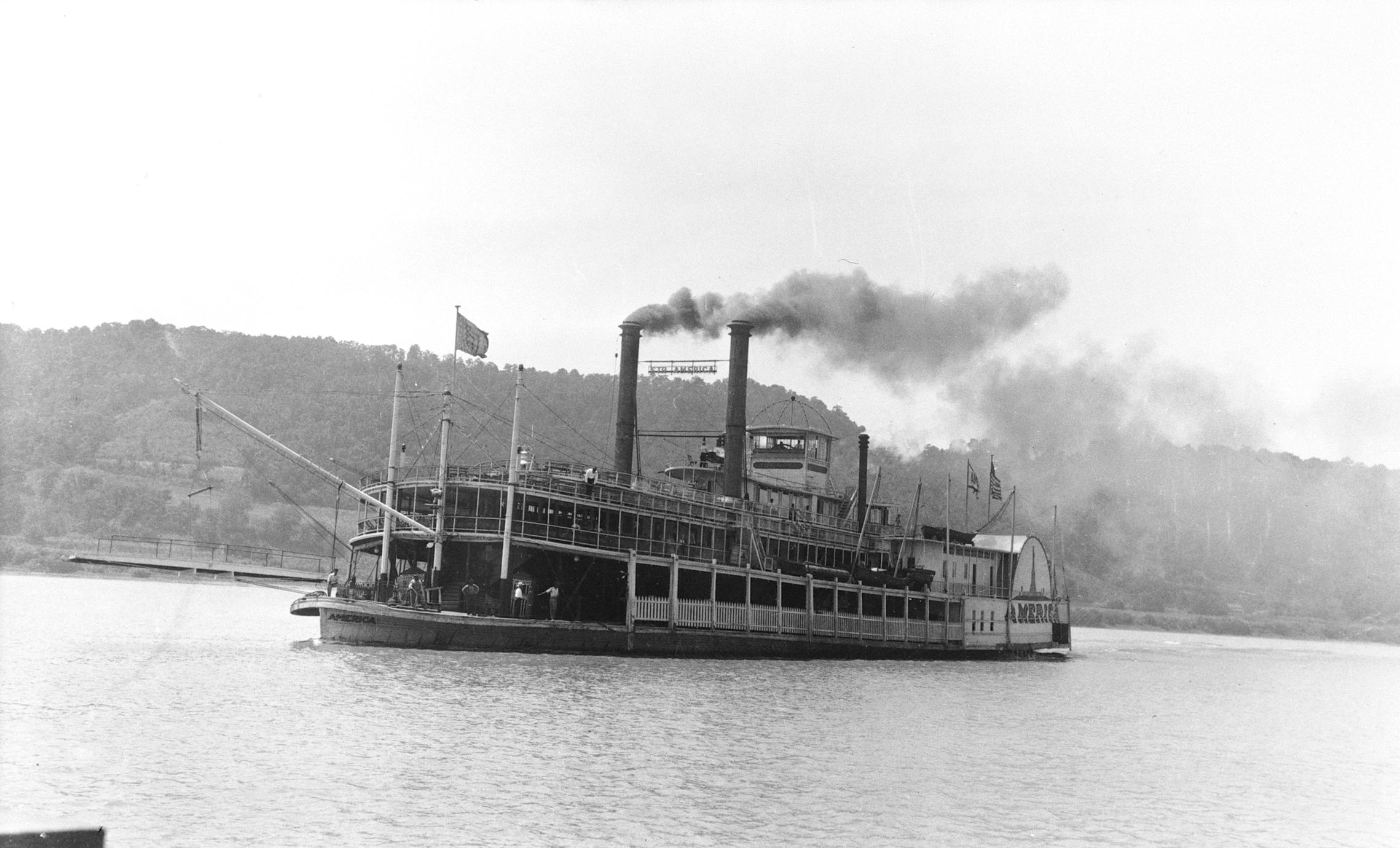
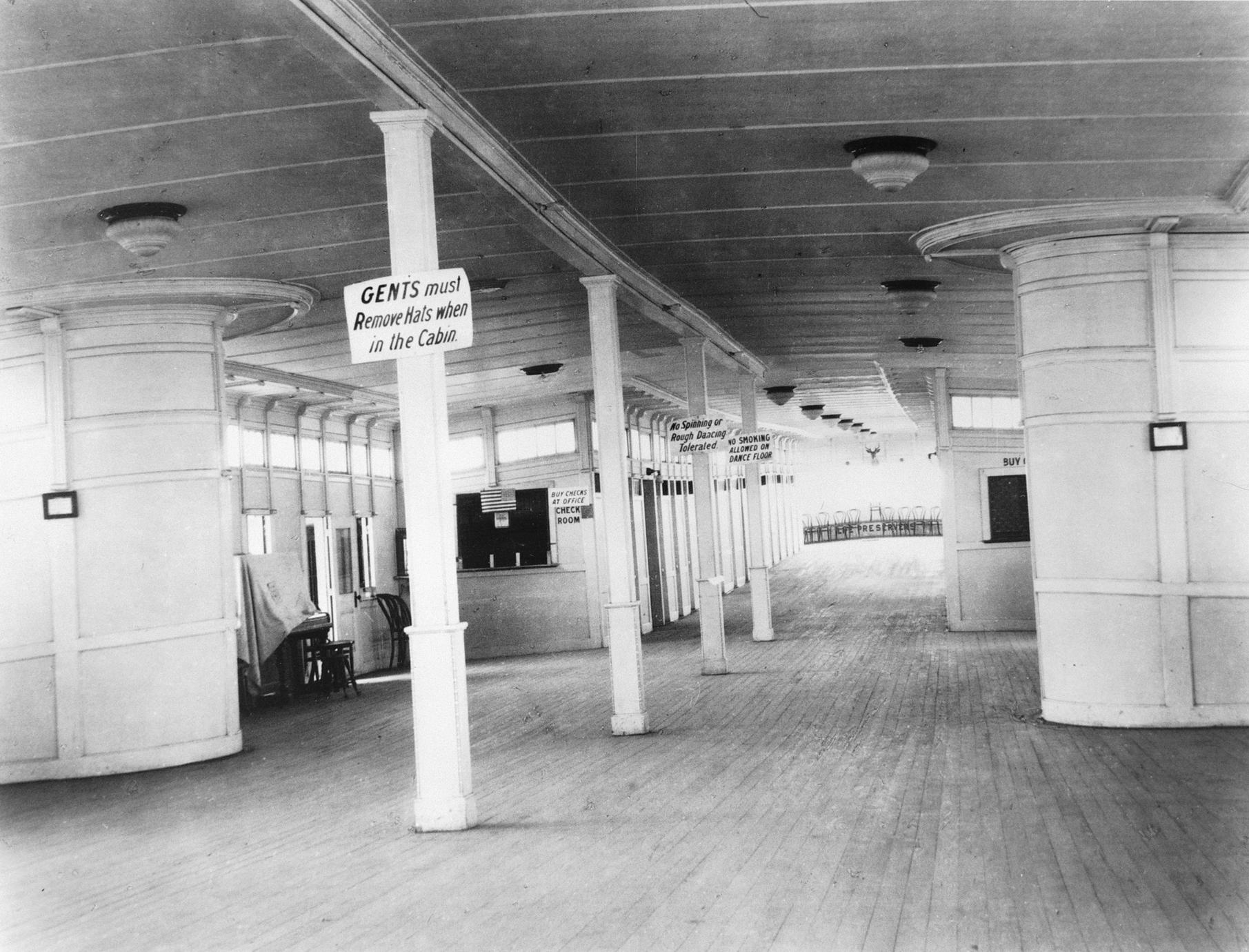
Throughout the 1920s, the America proved to be one of the most popular excursion boats anywhere on the Ohio. On August 19th, 1928, she took part in the “Last Great Race of the Sidewheelers” when she raced the packet boat Cincinnati from the foot of Louisville’s 2nd Street Bridge to Rose Island Amusement Park near Charlestown, Indiana. In a controversial finish (the race was most likely staged, but that is an argument that continues among steamboat aficionados to this day), the Cincinnati won by less than half a boat length.
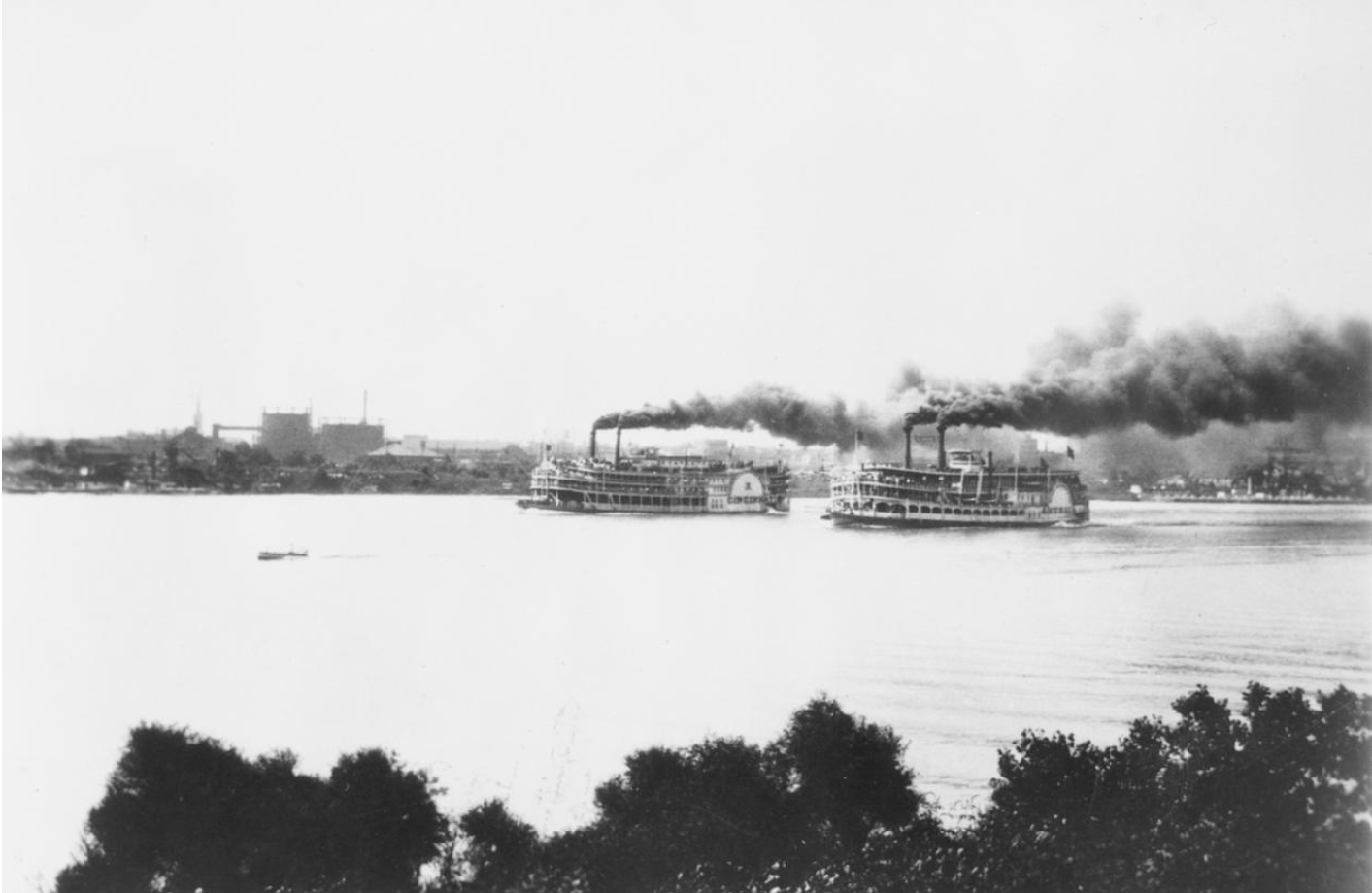
Two years later, on September 8th, 1930, the America burned again above Jeffersonville while laid up for the winter. This time the damage was even more severe, and her owners wrote her off as a total loss. The circumstances surrounding this fire remain rather murky. While authorities at the time suspected arson, nothing could be proven.
Despite this second catastrophic fire, artifacts related to the old steamboat are still around. Although the America lost the race, the trophy from her contest with the Cincinnati is on display at the Howard Steamboat Museum. Another existing artifact is her calliope, which managed to survive the 1930 fire. After the destruction of the America, the Rose Island Company leased a new steamer to replace the America as Louisville’s excursion boat. (This steamer was the Idlewild, later called the Avalon, and today known as the Belle of Louisville). The company installed the salvaged calliope on the new boat, and it remained there until sold at auction in 1962. The calliope is currently held in the private collection of Capt. Gabriel Chengery.
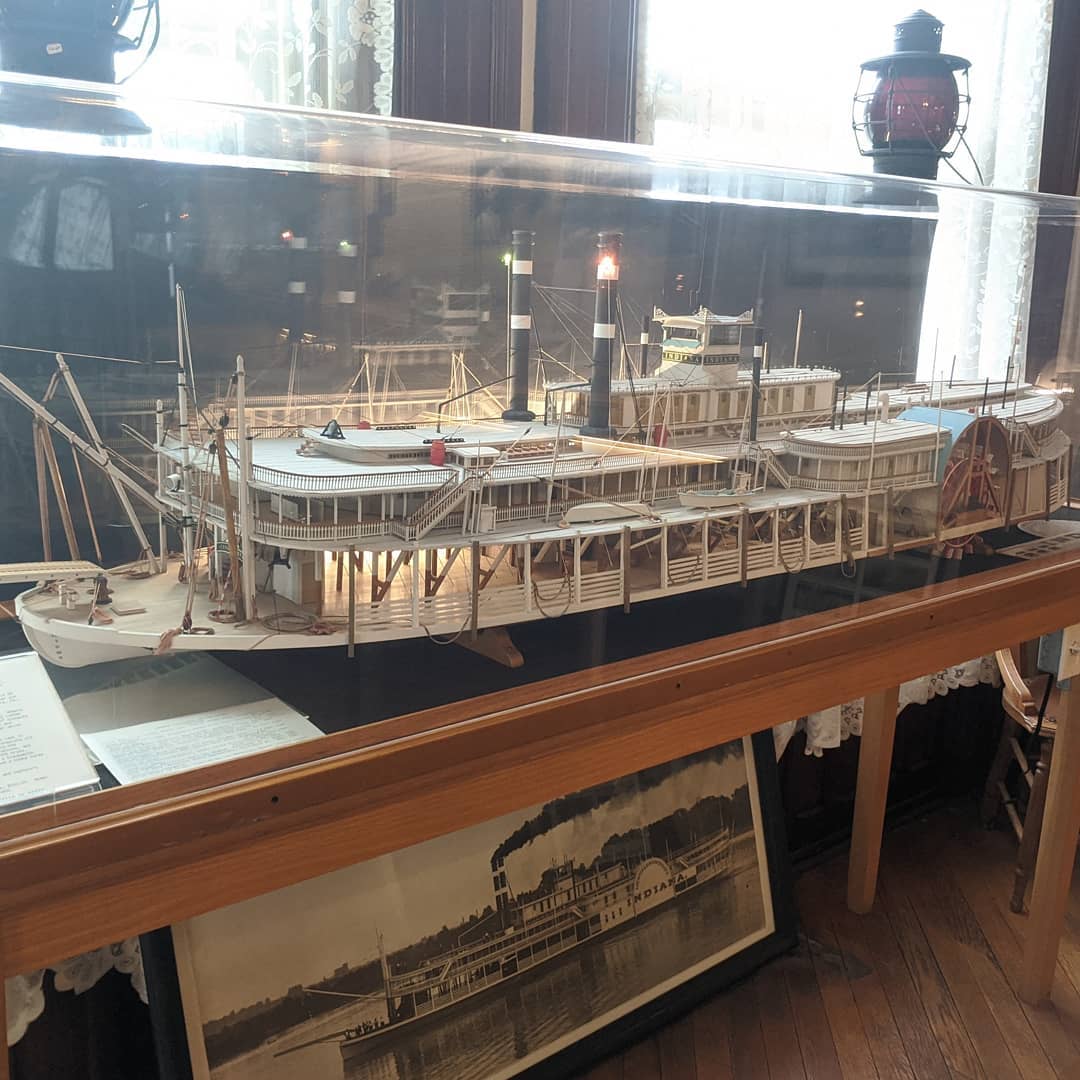
Sources:
Fishbaugh, Charles Preston. From Paddlewheels to Propellers. Indiana Historical Society: Indianapolis. 1970.
Vasconcelos, Travis C. “Where Did the Str. IDLEWILD Calliope Come From?” The S&D Reflector Vol. 57, No. 4. (December, 2020): 14-17.
Way, Jr., Frederick. She Takes the Horns: Steamboat Racing on the Western Waters. Frederick Way, Jr: Cincinnati. 1953.
Way Jr., Frederick. Way’s Packet Directory, 1848-1983. Ohio University Press: Athens. 1983.
